Ever tried to shout in a crowded room? That’s what being a drop shipper without SEO is like you’re there, but nobody hears you. In the bustling digital marketplace, SEO is your megaphone. It’s not just about being present online; it’s about being found. With the right SEO strategies, even the smallest dropshipping store can stand out in the vast sea of e-commerce giants. And guess what? Plerdy’s tools can help you track and analyze site visitor behavior. Let’s dive into the SEO world for dropshipping stores and turn your whispers into roars!

Understanding SEO Basics
SEO is the compass that navigates your dropshipping store through the vast ocean of the internet. With it, your store might be visible in the digital world. SEO is a critical procedure that improves your website’s exposure in search engines like Google and Bing. Keywords are crucial in deciding how your site matches user queries. The better optimized your pages are, the higher they rank, leading to increased traffic. Moz emphasizes SEO’s role in boosting website traffic quality and quantity.
However, SEO isn’t just about keywords; it’s about aligning with the latest search engine algorithms, as highlighted by Search Engine Journal. Quality content, a user-friendly experience, and authoritative backlinks significantly impact your site’s relevance and authority in search results.
SEO isn’t just beneficial in dropshipping—it’s essential for survival. It lays a strong foundation, transforming your store into a beacon for customers in the digital marketplace. Remember, in SEO, knowledge is power. Applying this power effectively elevates your store, making it a sought-after destination in the competitive e-commerce landscape.
Keyword Research and Optimization

Keywords are the secret sauce in the SEO recipe. Keywords provide significance to your dropshipping store, like spices bringing flavor to a dish. Let’s explore how to find these magical words and place them where they matter most.
Conducting Keyword Research
The first step in keyword research is brainstorming topics related to your products. Google Keyword Planner and SEMrush reveal search numbers and competition. Remember, it’s not just about high search volume; relevance to your products is key. Look for long-tail keywords – these are longer, more specific phrases with less competition. They might have lower search volumes, but they often attract more targeted traffic, which could lead to higher conversion rates. For instance, “eco-friendly yoga mats” is more specific than just “yoga mats” and targets a particular audience segment.
Implementing Keywords Strategically
Once you have your keywords, it’s time to weave them into your website. This isn’t about stuffing them in awkwardly; it’s about placing them naturally in titles, meta descriptions, product descriptions, blog posts, and URLs. Provide valuable content that organically incorporates these keywords as your main aim. Remember, quality over quantity. Including them in headings and subheadings (H1, H2, H3 tags) also helps improve your website’s structure and readability for search engines. Additionally, image alt texts are a great place for keywords, enhancing your site’s visibility in image searches.
Effective keyword research and optimization are fundamental in propelling your dropshipping store up the search engine rankings. It’s a skillful blend of art and science, requiring creativity, analytics, and a deep understanding of your target audience.
Mastering keyword research and optimization is your pathway to connecting with your audience in the vast digital world. It’s not just about being seen; it’s about being seen by the right people. With the right keywords, your dropshipping store can become a beacon for those searching for exactly what you offer.
On-Page SEO Techniques for Dropshipping Websites
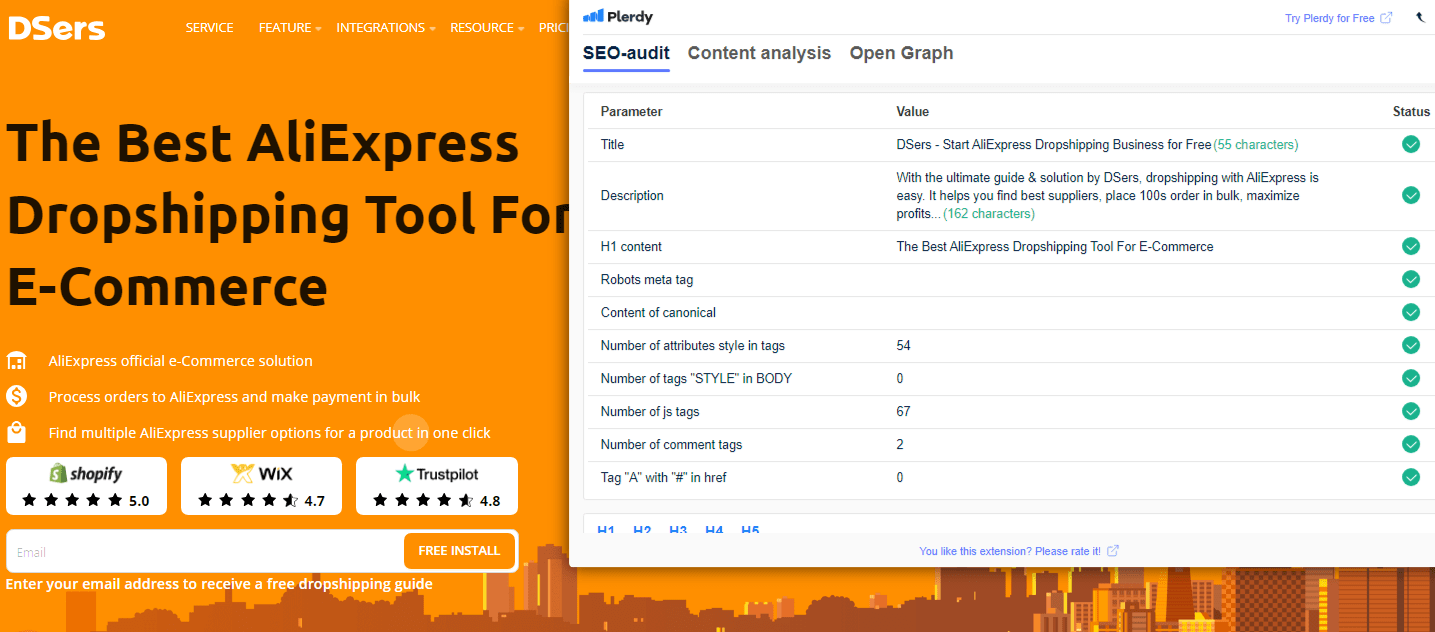
Like a shop, on-page SEO for dropshipping attracts customers and search engines. Dropshipping SEO focuses on making your site appealing to users and search engines. Let’s discuss SEO optimization for dropshipping pages to increase traffic.
Meta Tags and Descriptions for Dropshipping SEO
Meta tags and descriptions are your first interaction with potential customers on search engines, especially for dropshipping SEO. Think of meta titles as catchy headlines and meta descriptions as engaging summaries that persuade searchers to click, with a dropshipping focus. Each page on your site should have a distinct meta title and description that naturally incorporates dropshipping target keywords. The title should be brief, ideally under 60 characters, while the description should be compelling and informative, around 155 characters, optimized for dropshipping SEO. These components provide an SEO dropshipping preview of your page’s content, which boosts search engine click-through rates.
Header Tags and URLs for Dropshipping SEO
Dropshipping SEO header tags like H1, H2, and H3 help users and search engines navigate your content. Your main title in the H1 tag should include your primary keyword related to drop shipping. Subheadings (H2, H3) break down content into digestible sections, enhancing readability and allowing for keyword integration with a focus on dropshipping SEO. URLs, too, play a part in on-page SEO for dropshipping. They should be clean, concise, and include relevant keywords. Avoid lengthy URLs filled with numbers or characters. Clear URLs improve user experience and assist dropshipping search engines in ranking your sites.
Refining your meta tags, descriptions, header tags, and URLs sets the stage for a well-optimized dropshipping page. On-page SEO for dropshipping is your toolkit to make every page on your site an entry point for potential customers in the dropshipping market.
Effective on-page SEO for dropshipping is like having a skilled salesperson on every store page. It’s about creating a user- and search-engine-friendly environment for dropshipping. By mastering these techniques, your dropshipping store stands a better chance of ranking higher, drawing in more traffic, and, ultimately, driving more sales.
Quality Content Creation

In the bustling digital marketplace, your content is your voice. It sets you apart from the crowd and entices visitors to stay, engage, and ultimately convert. Effective SEO relies on high-quality content. Let’s explore how to craft content that ranks well and resonates with your audience.
Creating Engaging Content
Engaging content is more than just words on a page; it’s about telling a story that connects with your audience. Start by understanding your audience’s needs and interests. Use this insight to create intelligent, relevant, and helpful content that addresses their pain points, queries, and solutions. Use a friendly and approachable tone and show your brand’s personality. Visuals like images and videos can also boost engagement. Search engines also like engaging content. As the Content Marketing Institute highlighted, quality content is key to driving organic traffic and improving search rankings.
Blogging for SEO
Blogging lets you explore your dropshipping specialty, show your knowledge, and automatically employ more keywords. Blog posts are new pages for search engines to index, enhancing your keyword ranking. Blog postings should be useful and engaging. Research issues your audience wants and deliver reliable, up-to-date information. Internal linking helps users find relevant sites, improves their experience, and keeps them engaged. BuzzSumo identifies industry trends and popular content. Quality content must balance originality and strategy for search engine rankings.
Leveraging Social Media
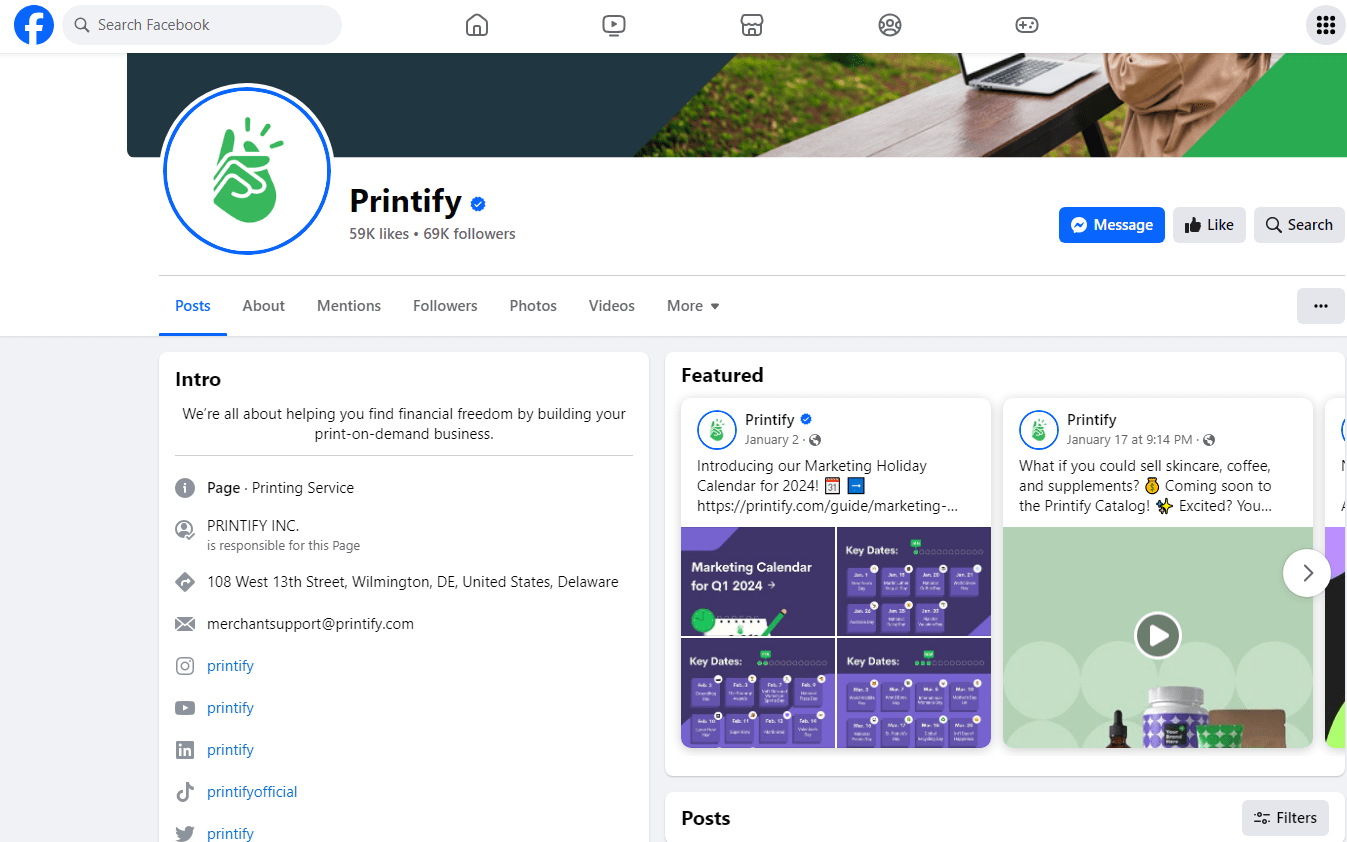
Social media isn’t just about trending hashtags and viral videos; it’s a vital cog in your dropshipping SEO machine. With the right strategy, your social platforms can elevate your store’s online visibility and search rankings. Let’s explore how to harness this power effectively.
Building Brand Presence and Authority
Make your brand visible on Facebook, Instagram, Twitter, and Pinterest. Post product highlights, customer anecdotes, and industry news to engage your audience. Actively engage with your audience to establish brand authority and community. Hootsuite can help you maintain social media engagement.
Driving Traffic to Your Website
Promote your dropshipping store on social media with appealing calls-to-action and direct links. Share blog content and product updates regularly to keep your audience engaged and direct them to your site. Likes, shares, and interactions on social media are positive signals to search engines, improving your content’s relevance and SEO ranking.
Embrace the power of social media to enhance your digital presence and strategically drive visitors to your store, boosting brand loyalty and SEO effectiveness.
Link Building Strategies
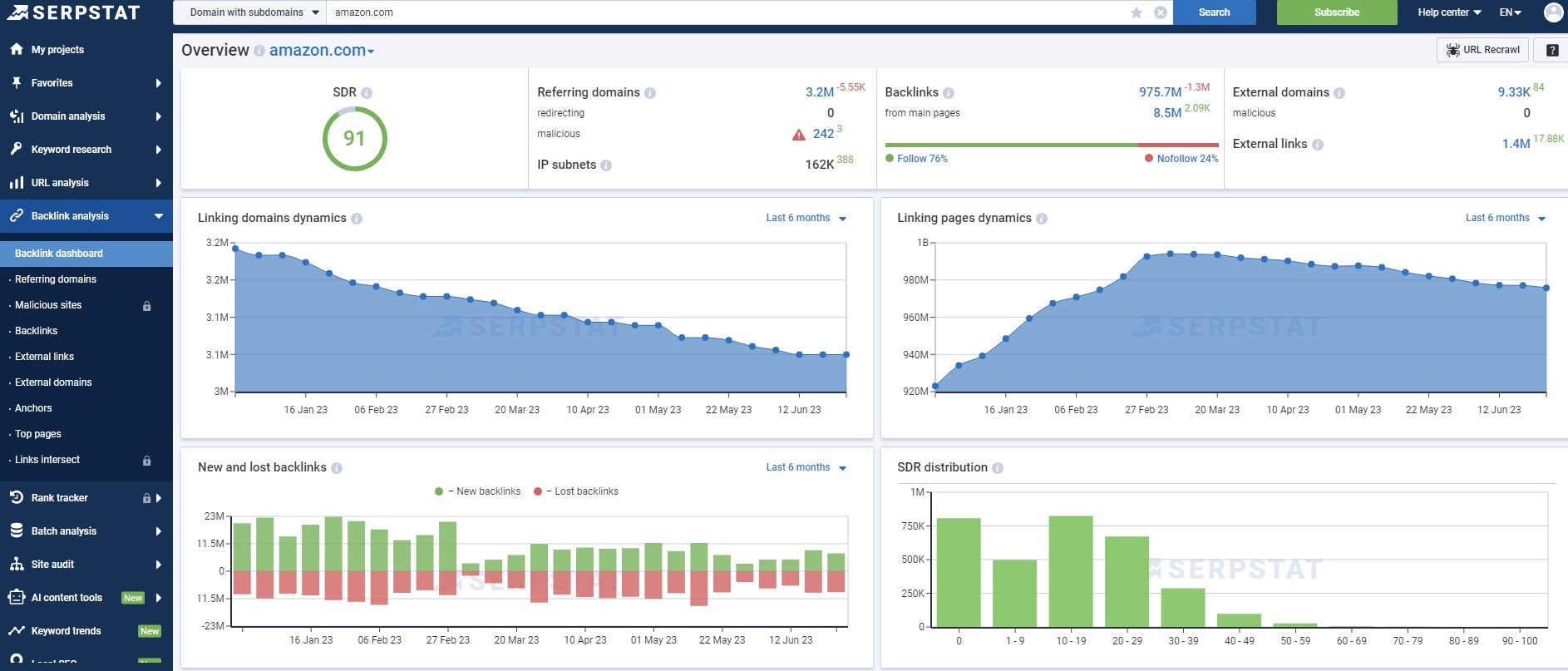
Link building is like navigating a busy metropolis to reach your digital doorstep in SEO. For dropshipping businesses, it’s a cornerstone for enhancing search engine visibility. Let’s delve into crafting an effective link-building strategy.
Crafting Quality Backlinks
Your journey starts with quality backlinks, which are crucial for signaling your site’s credibility. Create compelling, shareable content that naturally attracts these links. Reach out for guest posting on reputable niche sites, offering valuable insights in exchange for a backlink. Tools like Moz’s Link Explorer can help identify potential linking partners. Remember, the aim is quality, not quantity—a few authoritative links are worth more than numerous low-quality ones.
Leveraging Social Media and Forums
Extend your strategy to social media and online forums. Engage in relevant communities, offering insightful comments and posts and subtly integrating your website’s links. Platforms like LinkedIn, Reddit, and industry-specific forums are ideal. Your contributions should be valuable, avoiding spamming tactics. Social media and forum link building focus more on relationship than direct link acquisition.
Effective link building for dropshipping involves crafting authoritative backlinks and engaging in social communities. Prioritize quality over quantity and contribute value in your interactions. This strategic approach boosts your SEO rankings and strengthens your online presence and connectivity with your audience.
Mobile Optimization
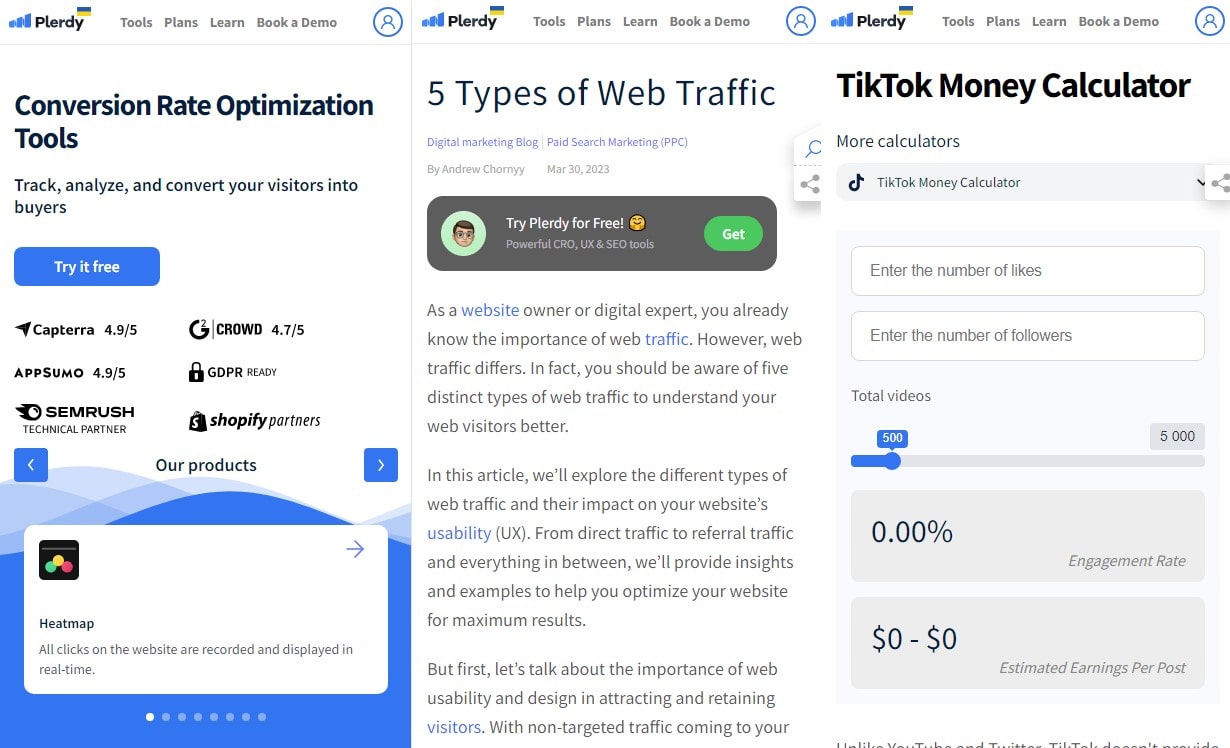
In the digital marketplace, mobile optimization is more than a trend; it’s a critical SEO component for your dropshipping store. As many consumers shift to mobile shopping, your site’s mobile-friendliness becomes essential for retaining these tech-savvy customers and improving search engine rankings. Let’s delve into how mobile optimization can enhance your dropshipping business.
Embracing Mobile-Friendly Design
A mobile-friendly website design ensures optimal performance on smartphones and tablets. This adaptability is crucial since Google favors mobile-optimized sites in search results. Implement responsive design to adjust content to various screen sizes automatically. Test your site’s mobile responsiveness using tools like Google’s Mobile-Friendly Test. A well-optimized mobile site improves user experience and strengthens your SEO positioning.
Speed and User Experience Optimization
Mobile users expect fast, efficient browsing experiences. Enhance your site’s speed by compressing images, utilizing browser caching, and minimizing redirects. These improvements reduce bounce rates and increase user engagement, boosting your SEO. Ensure your mobile site has simple navigation, with large buttons and clear calls to action. This user-friendly approach encourages longer visits and increased interaction, which is crucial for higher SEO rankings.
Prioritizing mobile optimization for your dropshipping store is vital. It aligns with SEO best practices and caters to the growing mobile user base. Embrace these strategies to improve your store’s usability and SEO performance, paving the way for increased customer engagement and sales.
Technical SEO
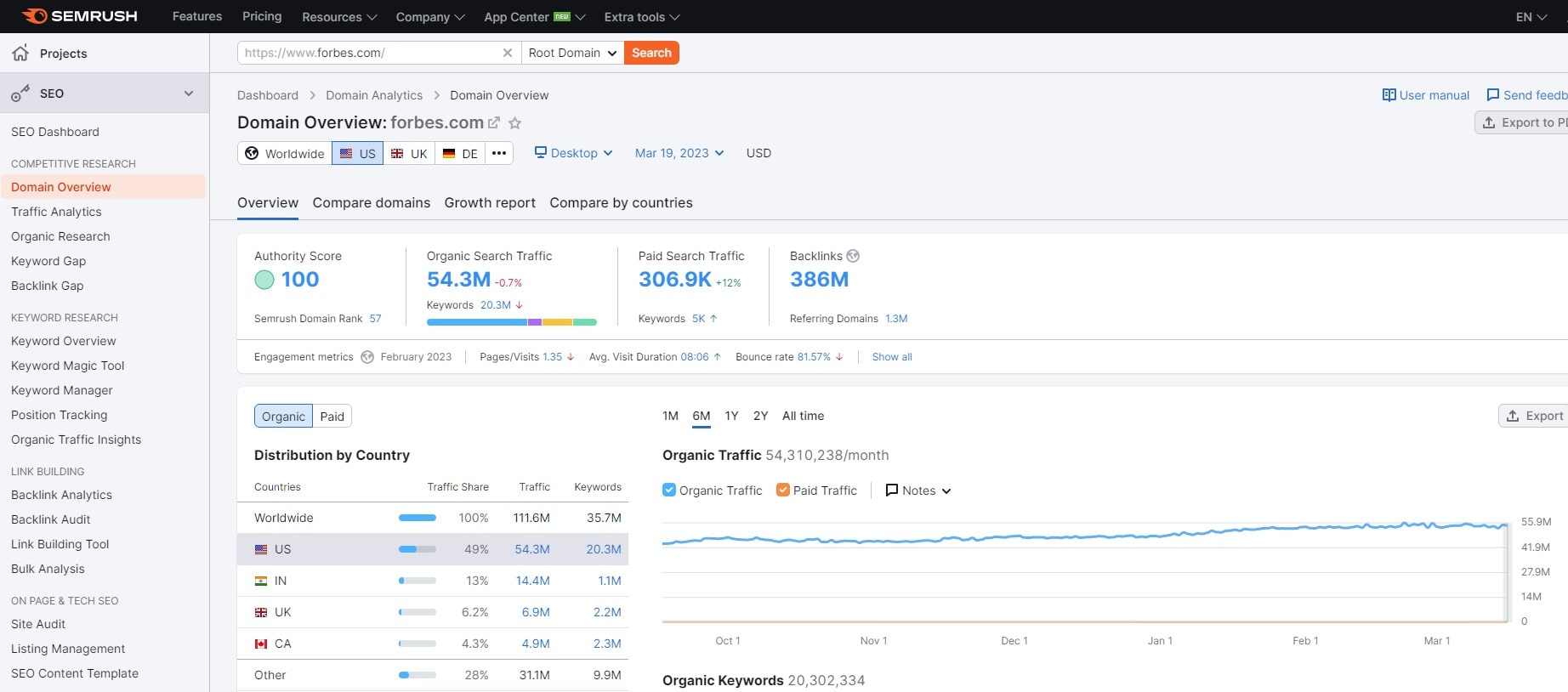
Technical SEO is the unsung hero of e-commerce success, especially for dropshipping shops. It’s about fine-tuning the backend of your website to enhance search engine visibility. Let’s explore the key components of technical SEO to optimize your dropshipping store effectively.
Site Architecture and Navigation
A well-structured website with clear navigation is the cornerstone of technical SEO. Your site architecture should be intuitive, allowing users and search engines to find content effortlessly. This includes a logical hierarchy of pages, a clean URL structure, and an XML sitemap that guides search engines through your site. Tools like Screaming Frog SEO Spider can help audit your site’s structure, ensuring it’s optimized for search engine crawlers.
Site Speed and Mobile Responsiveness
In the age of instant gratification, site speed is pivotal. Optimize your website’s loading time by compressing images, using efficient coding, and leveraging browser caching. Google’s PageSpeed Insights is an invaluable tool for identifying speed bottlenecks. Additionally, with the rise of mobile browsing, ensuring your site is mobile-responsive is non-negotiable. A mobile-friendly site enhances user experience and is favored by search engines.
Technical SEO is an essential element in your dropshipping store’s digital strategy. Focusing on site architecture, speed, and mobile responsiveness creates a solid foundation for your site’s SEO performance. This meticulous backend work might go unseen, but its impact on your store’s search engine rankings and user experience will be unmistakably evident.
Monitoring SEO Performance
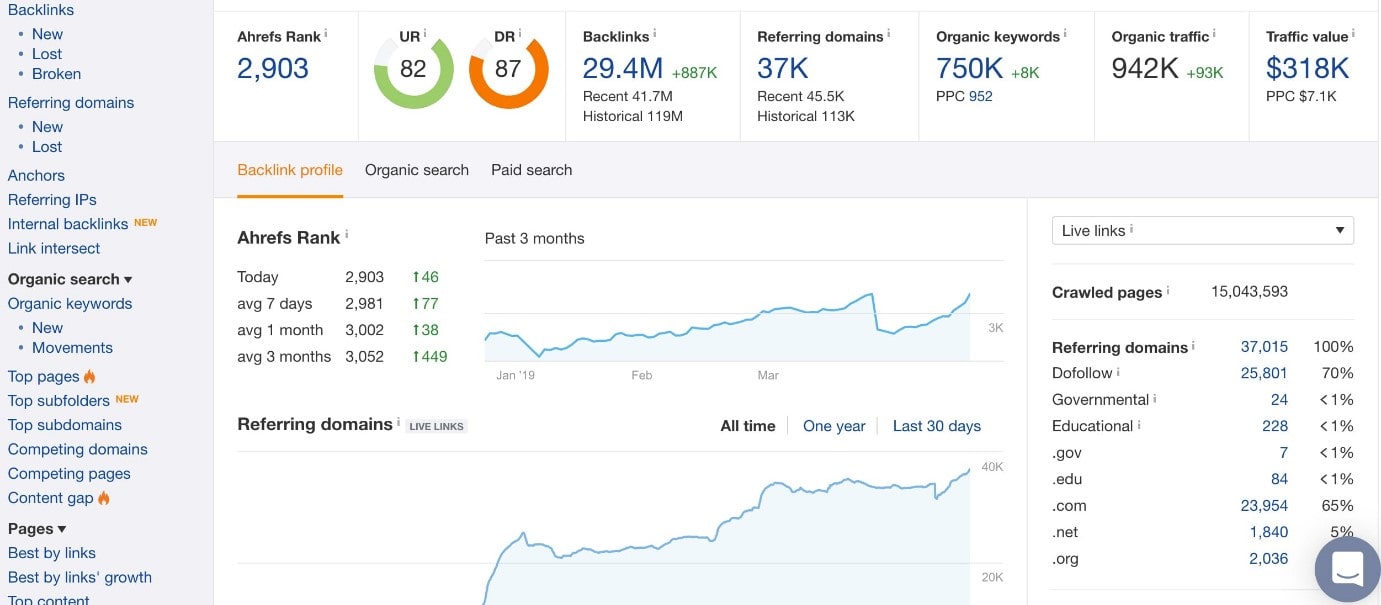
Monitoring SEO performance is akin to being the captain of a ship, constantly checking the compass to ensure you’re on the right course. This means regularly assessing how well your SEO strategies are working for a dropshipping store. Let’s navigate the essentials of monitoring your SEO performance effectively.
Utilizing Analytics Tools
Use Google Analytics and SEMrush to measure SEO success. These platforms offer insights into website traffic, user behavior, keyword rankings, and conversion rates. They help identify which SEO tactics drive traffic and which areas need improvement. Regularly checking these metrics gives you a real-time picture of your SEO health, allowing you to adapt and refine strategies for better performance.
Tracking Keyword Rankings
Monitoring where your keywords rank in search engine results pages (SERPs) is crucial. Tools like Ahrefs or Moz can track your keyword rankings over time. Pay attention to fluctuations in rankings and investigate the causes. Are competitors outranking you, or has there been a recent algorithm update? Understanding these dynamics helps you tweak your SEO strategies for optimal performance.
Consistent SEO performance monitoring is vital for your dropshipping store’s growth. You can make informed decisions to keep your store visible and competitive in the ever-changing SEO field by tracking statistics and keyword rankings.
Local SEO and Global Reach
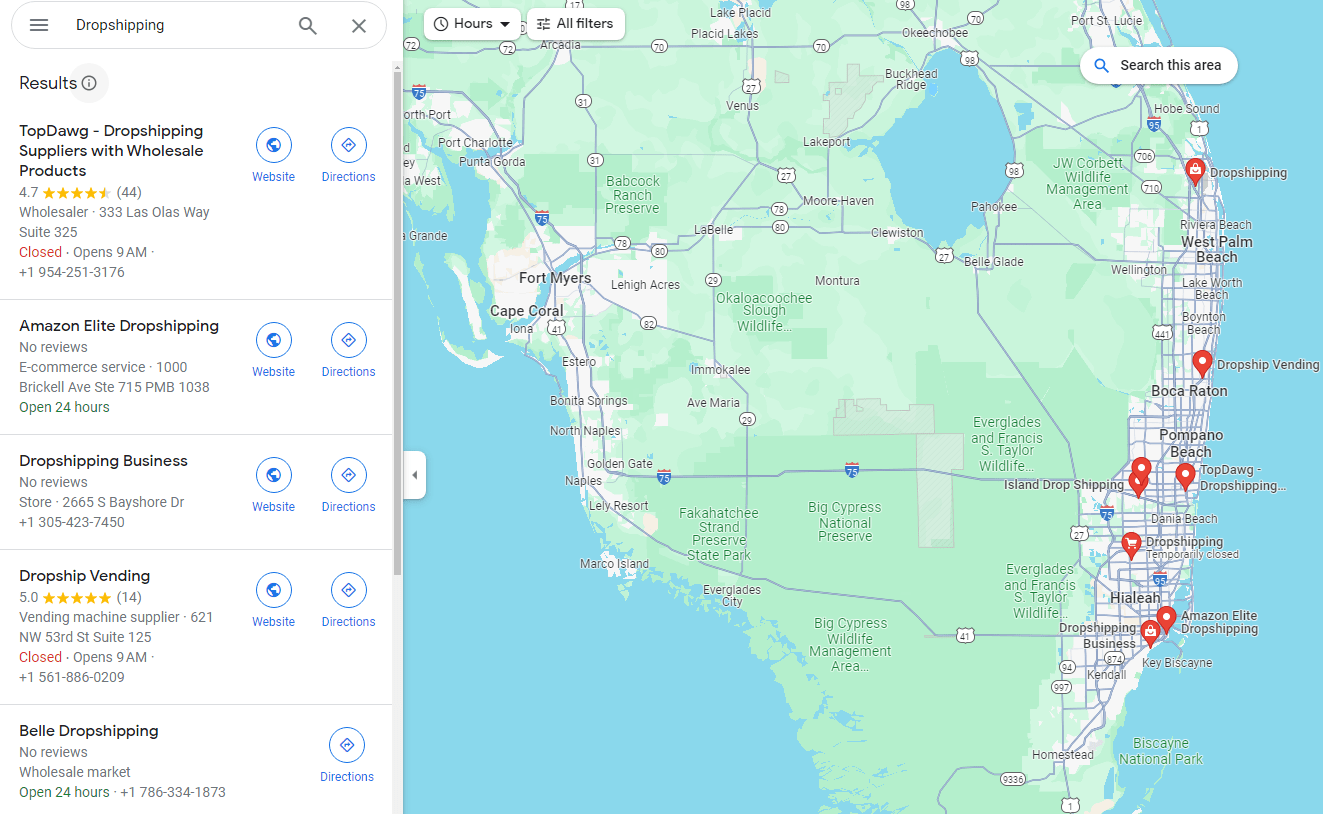
Local SEO and global reach are two sides of the coin, offering distinct advantages for your dropshipping store. Local SEO targets a certain region, whereas global reach widens your presence. Balancing these can significantly boost your store’s visibility and customer base.
Maximizing Local SEO
For local SEO, optimize your website for location-based keywords and phrases. This includes registering your business on Google My Business, which enhances visibility in local search results and Google Maps. Invite customers to post reviews and standardize your online contact information. Local backlinks from community sites and participation in local events can also strengthen your local SEO.
Expanding Global Reach
Optimize your site for international search engines and languages to attain a global presence. This involves using hreflang tags for language targeting and ensuring your website content is culturally relevant and translated accurately. Create a broad backlink profile with links from numerous worldwide domains. Social media can also help you target foreign audiences.
Balancing local SEO with a strategy for global reach can significantly enhance your dropshipping store’s market penetration. By focusing on local specifics while catering to a global audience, your store can enjoy the best of both worlds, increasing its potential for growth and success.
Conclusion
Dropshipping SEO is a journey, not a destination. Implementing these techniques will boost visibility, traffic, and sales. But remember, the digital landscape is ever-evolving; staying updated and adaptable is key. Are you curious about more ways to enhance your online store? Dive into other insightful articles on Plerdy’s blog – your digital marketing wisdom treasure trove. And for an extra boost in optimizing your website’s performance, consider Plerdy’s comprehensive analytics tools. They offer the insights to make data-driven decisions, taking your dropshipping business to new heights. Explore Plerdy today and witness the transformation in your online venture!
